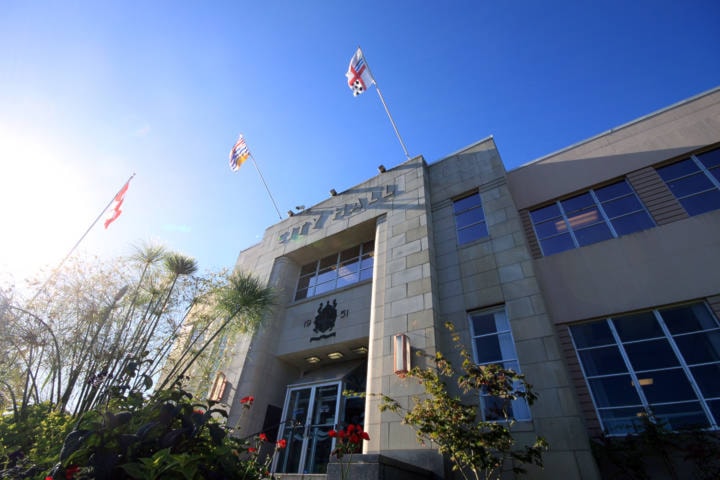The City of Nanaimo will take stock of its affordable housing issue and what can be done in its first-ever strategy.
The City of Nanaimo will look at housing affordability from social housing to affordable rentals and home ownership and come up with a strategy that lays out the role of local government and priorities for the next decade. The work is budgeted at $150,000.
The city has taken action in the past on affordability, such as partnering with B.C. Housing to create supportive housing for the city’s homeless and allowing secondary suites in most single-family homes, but terms of reference for the new study, approved by city council last week, say this is the first time the city will undertake a comprehensive study of affordability, looking at social, non-market and market housing.
According to the City of Nanaimo, more than half of renter households in Nanaimo spend more than 30 per cent of their income on housing, the limit set by the Canadian Mortgage and Housing Corporation for whether housing can be considered affordable. One out of four renter households spend more than half of their income on housing costs and at the same time renters face a serious affordability challenge – the cost of buying a home in Nanaimo is rising at a much faster rate than income.
People are talking about housing affordability in general and it’s not just people in the supportive housing world, it’s everybody, says Karin Kronstal, city social planner.
“If the city is going to look at what we can do, like many municipalities had to make housing more affordable for everybody we have to understand both the housing demands and the housing supply,” she said, adding the city is looking for a made-in-Nanaimo solution and needs to understand what tools will serve it best.
Coun. Gord Fuller said the strategy is not just for the homeless, but hopefully will help low-income individuals and increase money coming into the city housing legacy reserve fund so it can help create more affordable housing. Affordable housing was a priority and he’s thrilled it’s happening.
Coun. Diane Brennan said she’s looking forward to seeing how it all pans out. In 2005, she said B.C.’s premier had put together a task force, which included then-mayor Gary Korpan. She was on council at the time.
“It was definitely strange bedfellows in terms of politicians and political points of view, but it shows you that when there’s a really important need in your community, councillors know how to pull together and knit together a response,” she said. “I hope we can do that in this instance, too – work with our community and our staff and make better housing a reality.”
Brennan said she wants to see if there can be recognition not just in numbers of housing, but in quality of housing as well.
Chris Beaton, executive director of Nanaimo Aboriginal Centre, is happy to see the City of Nanaimo engaged in this process and said there are creative ideas with examples across B.C., Canada and North America to address affordable housing, whether it’s affordable rentals or ownership. He thinks the process Nanaimo is undertaking will identify some of the best responses appropriate for the community and is glad the city isn’t waiting for a fix from the province or federal government.
Rob Hallam, executive director of Habitat for Humanity Mid-Vancouver Island Society, called the city strategy a great idea and absolutely essential. Affordable housing and home ownership are critical issues for the community.
“Certainly we just see with the people we’re serving, significant numbers of people who are in rather deplorable housing situations and we need to start to address it,” he said.
The strategy is expected to take 15 months.
